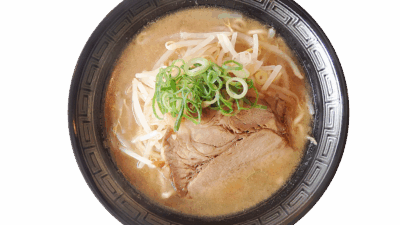Flavor is an intricate tapestry woven from the threads of taste, aroma, texture, and even sound. Chefs and food enthusiasts alike have long understood that creating exceptional culinary experiences requires an intimate knowledge of flavor profiles and how they interact. In this article, we will delve into the science behind flavor, exploring how different profiles enhance culinary creations and elevate them from the mundane to the extraordinary.
Understanding Flavor Profiles
At its core, flavor is the combined perception of taste and smell. The basic tastes—sweet, sour, salty, bitter, and umami—serve as the foundation upon which complex flavor profiles are built. These profiles can be categorized into several distinct types, each contributing differently to the overall eating experience.
-
Sweetness: Often derived from sugars, fruits, and certain vegetables, sweetness can balance acidity and bitterness. It evokes pleasure and comfort, making it a vital component in both desserts and savory dishes.
-
Sourness: This profile is associated with acids found in citrus, vinegar, and fermented foods. Sour flavors can brighten dishes, enhancing their complexity and awakening the palate.
-
Saltiness: Beyond seasoning, salt enhances flavors and brings out the natural sweetness in other ingredients. It can act as a preservative and is crucial in transforming raw ingredients into a harmonious dish.
-
Bitterness: Often misunderstood, bitterness can add depth and nuance. Ingredients like cacao, coffee, and certain greens contribute to a well-rounded flavor profile, balancing sweetness and richness.
- Umami: Described as the "fifth taste," umami is associated with proteins and savory ingredients like meats, cheeses, mushrooms, and fermented products. It creates a satisfying mouthfeel and can enhance the overall taste experience.
The Role of Aroma
While taste is crucial to flavor, aroma plays an equally significant role. More than 80% of what we perceive as flavor comes from our sense of smell. Aromas travel to the olfactory receptors in the nose, allowing us to recognize and differentiate flavors. Chefs use aromatic herbs, spices, and cooking techniques (like roasting or grilling, which develop complex scents) to enhance the overall flavor experience of a dish.
Layering Flavors
Successful culinary creations often hinge on the layering of flavors. This technique involves combining different flavor profiles to create depth and balance. Here’s how:
-
Contrast: Combining opposing flavors can elevate a dish. For instance, the sweetness of a caramel sauce is beautifully contrasted by a pinch of sea salt, allowing both flavor elements to shine.
-
Complexity: Layering flavors through the use of multiple ingredients can create a more intricate and satisfying profile. A classic example is a well-made curry, which combines spices, herbs, and various types of heat to build depth.
- Seasoning: The timing of when ingredients are introduced is critical. Early seasoning can enhance the base flavors, while late seasoning—such as fresh herbs or citrus—adds brightness and vibrancy to a dish.
The Influence of Culture and Tradition
Flavor profiles are also influenced by cultural traditions and regional ingredients. Different parts of the world prioritize certain tastes and aromas based on local produce, climate, and historical practices. Thai cuisine, for example, beautifully balances sweet, salty, and sour flavors to create dishes that are both vibrant and refreshing. In contrast, traditional French cuisine often emphasizes richness and depth through the use of fats and robust herbs.
Modern Techniques: Molecular Gastronomy
Advancements in culinary science have led to cutting-edge techniques like molecular gastronomy, which experiments with the physical and chemical transformations of ingredients. Chefs can now create surprising textures and flavors, such as spherification, which can encapsulate liquids, or emulsifying to create unexpected flavor experiences. These innovations challenge traditional perceptions of flavor, introducing new dimensions to culinary art.
Conclusion
The science of flavor is a complex interplay of taste, aroma, and culinary techniques that enhances our enjoyment of food. By understanding and manipulating different flavor profiles, chefs can craft memorable dishes that resonate with our senses. Embracing the principles of contrast, complexity, and cultural influences allows for endless creativity in the kitchen. Whether through traditional recipes or avant-garde techniques, the exploration of flavor continues to shape culinary landscapes, making every meal an opportunity for discovery and delight.



